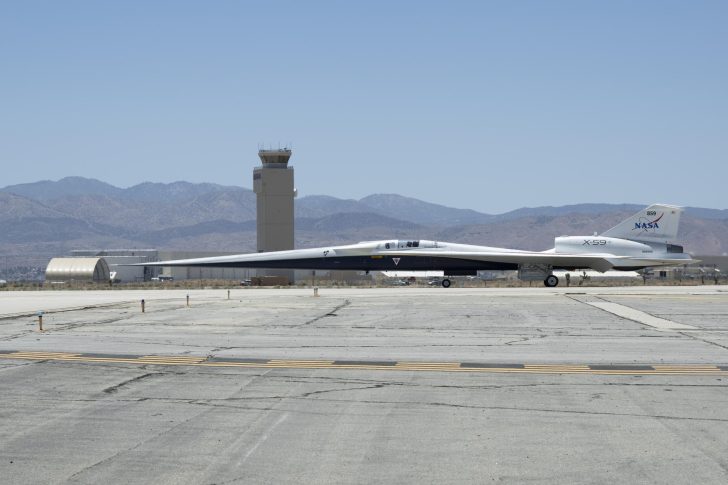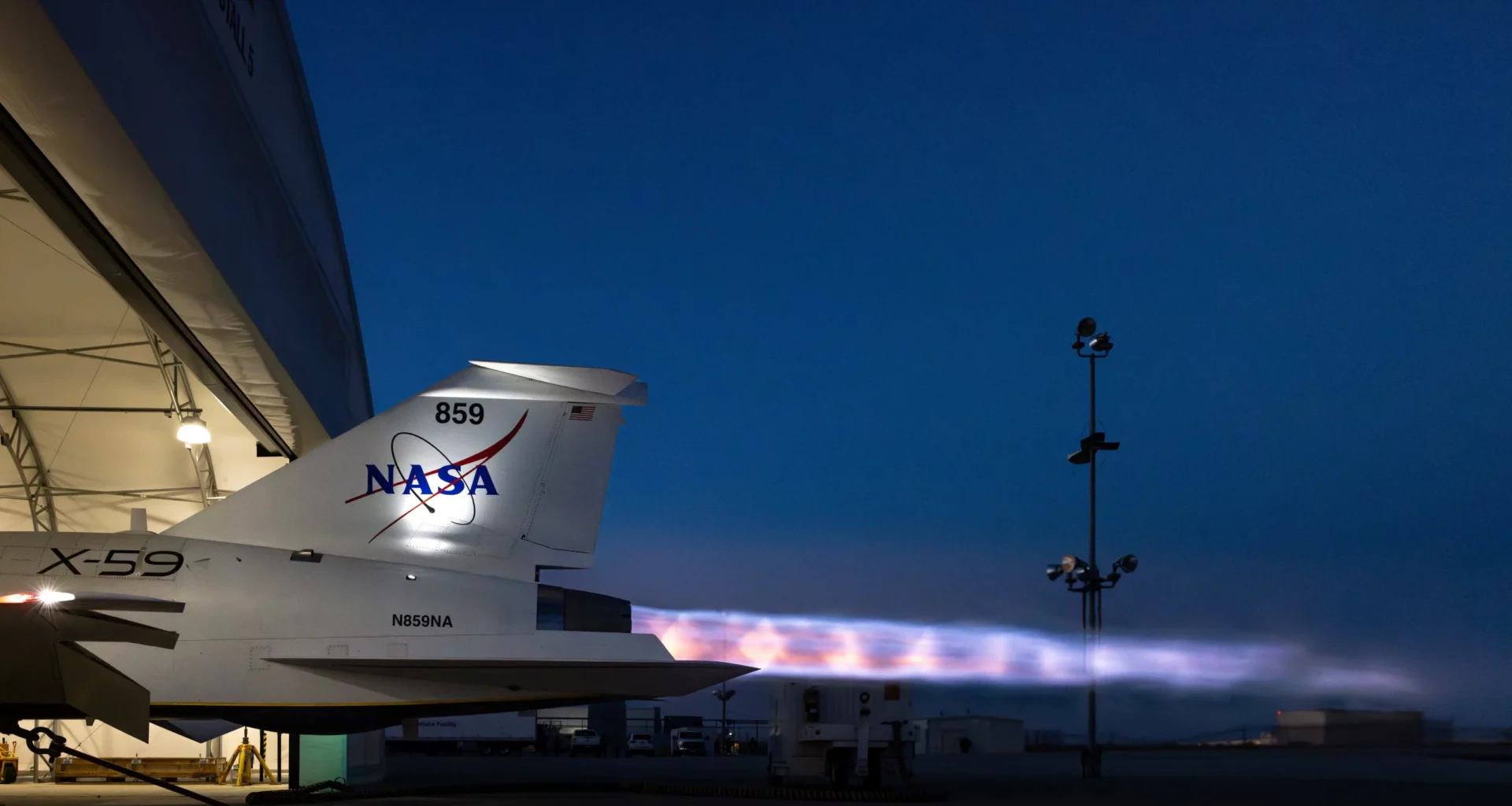This is not investment advice. The author has no position in any of the stocks mentioned. Wccftech.com has a disclosure and ethics policy.
The National Aeronautics and Space Administration (NASA) completed a significant milestone today after its X-59 test plane for quiet supersonic flight powered its engines and started its taxi tests. The aircraft has been under development since 2023, when NASA joined the aircraft’s tail with its body and intended to conduct tests later in the year. However, progress has slowed down on the aircraft, as the space agency revealed moments ago that the X-59 powered up its engines for taxiing for the first time earlier today.
NASA Marks Critical Milestone With X-59 Supersonic Research Aircraft
The X-59 test plane is a rare aircraft that does not have front-facing windows due to a long nose, which is necessary to evaluate supersonic flight. NASA aims to test quiet supersonic flight through the aircraft, and the space agency unveiled the fully assembled aircraft in a ceremony last January. Since then, it has achieved several milestones with the aircraft, which include calibrating tools for the aircraft’s eventual test flight, an engine speed hold test, electromagnetic proofing and a series of engine tests which include maximum afterburner runs.
The latest test for the X-59 occurred on the 10th when the aircraft was taxied across the runway at the Air Force’s Plant 42 in Palmdale, California. According to NASA, the test marked the first time the X-59 was taxied on the runway on internal power to start a crucial series of final tests before the aircraft is ready for its historic flight.
 NASA’s X-59 taxis on a runway for the first time. Image: NASA/Carla Thomas
NASA’s X-59 taxis on a runway for the first time. Image: NASA/Carla Thomas
While the X-59 taxied for the first time on the 10th, over the course of the coming days, the agency will conduct similar tests. These will slowly run the aircraft through its paces and gradually increase its speed to a level before takeoff. NASA outlined that engineers evaluated the aircraft’s handling, steering and breaking among other parameters during the tests.
The aircraft is designed to fly NASA’s Quesst mission. This mission will not only evaluate a quiet supersonic flight but also an aircraft’s operation without a front window. During the test, the X-59 will fly at 1.5 times the speed of sound, and its design aims to prevent shockwaves from converging at the rear end to reduce noise. The aircraft’s nose plays a key role in its sound dispersion capabilities and accounts for almost a third of its close to 100 meters of length.
